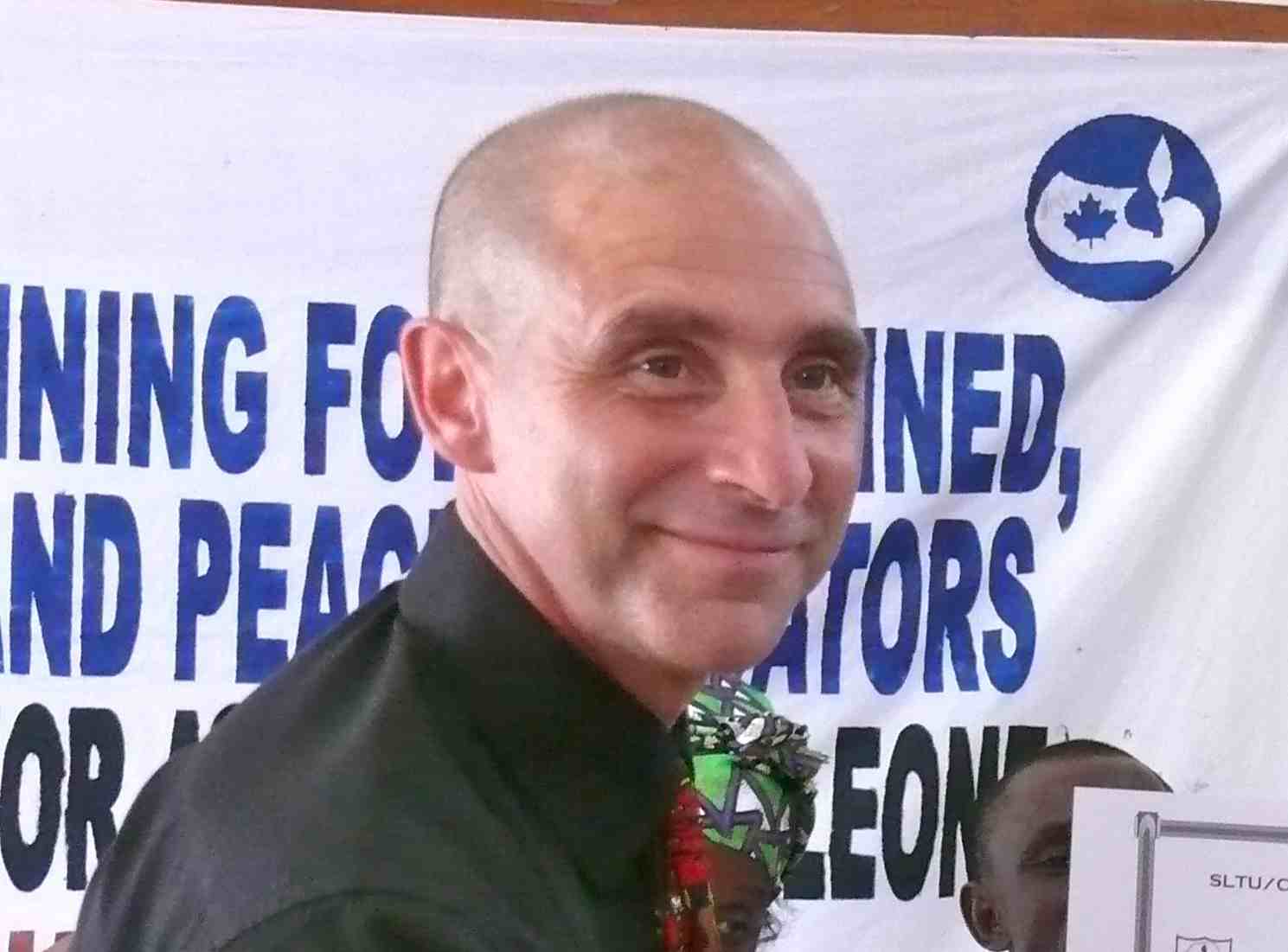I would like to take a few lines to introduce myself to new readers or re-acquaint myself to regular bloggers. My name is Mike Beetham and I am entering into my 30th exciting year of teaching and look forward to the learning opportunities that will take place for me as I continually strive to enhance my best practice. I work with an area behaviour class of Junior age students and love to spend time in the outdoors.
Each September a new group of students arrive in my classroom and our journey begins. Like any other trip, you have to know where you are going so that you can plan your journey accordingly. In the first week of school we collectively complete the following activity. I create three charts with these titles:
What does a safe and peaceful classroom look like?
What does a safe and peaceful classroom feel like?
What does a safe and peaceful classroom sound like?
It starts with time for self-reflection, than moves to partner and small group discussion. Our final step is to post our ideas on chart paper. These sheets are visited throughout the first week. On Friday we take a final look at what our collective vision is and we complete the task by creating a classroom agreement that will help us create the community of learners we seek. I always accompany this with a good book such as ‘YO! Yes!’, ‘Wings’ or ‘Don’t Laugh At Me’.
As a teacher it is critical to take the time to visualize what your want your classroom to look like, feel like and sound like. From that point you put into action the activities and lessons that will move your group to the desired outcome. It is important to remember that this is a continual process and like any relationship, when the participants stop putting effort and time into the partnership, the bond starts to lessen.
Welcome back everyone and I hope you have a rewarding year!



